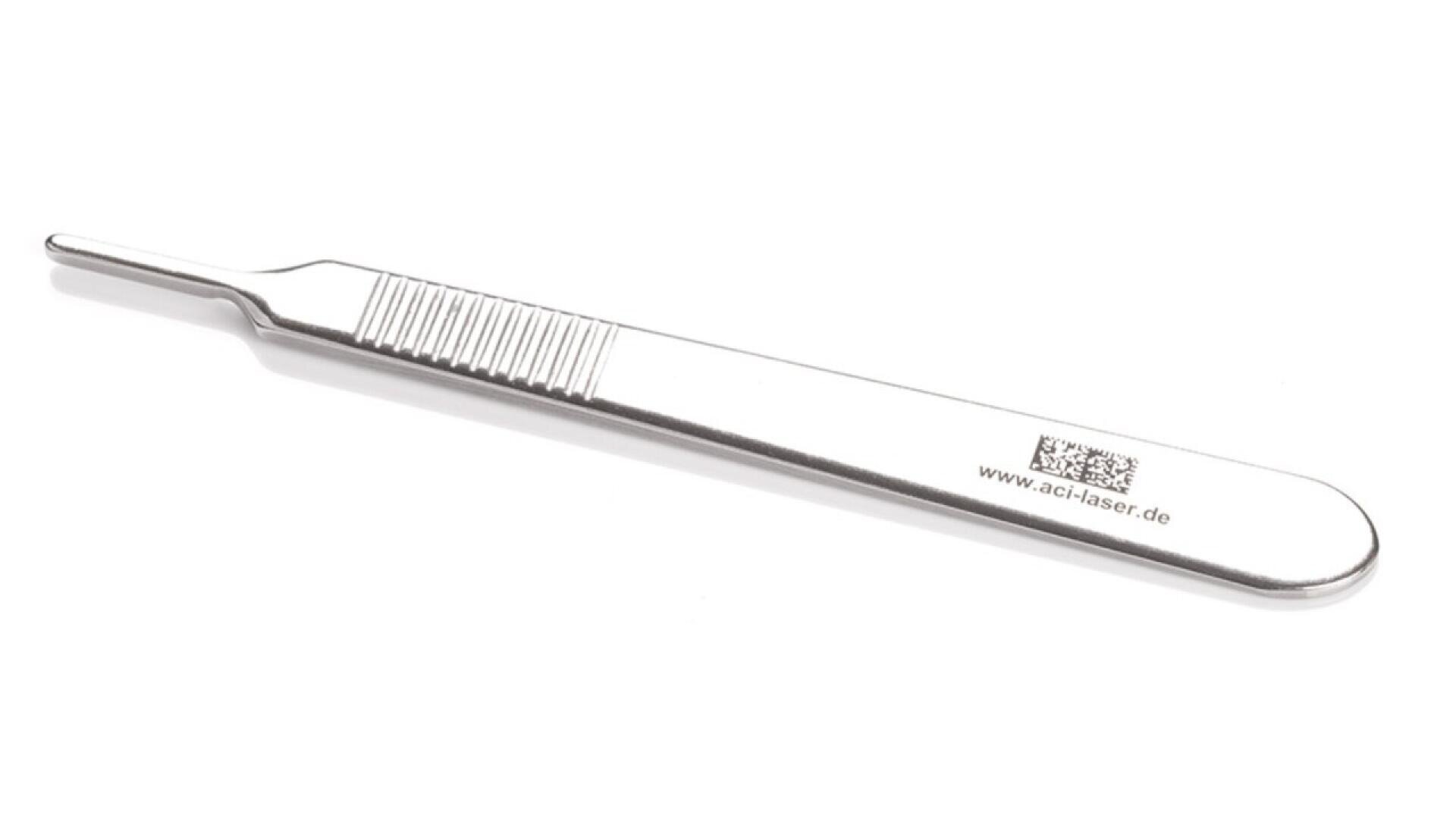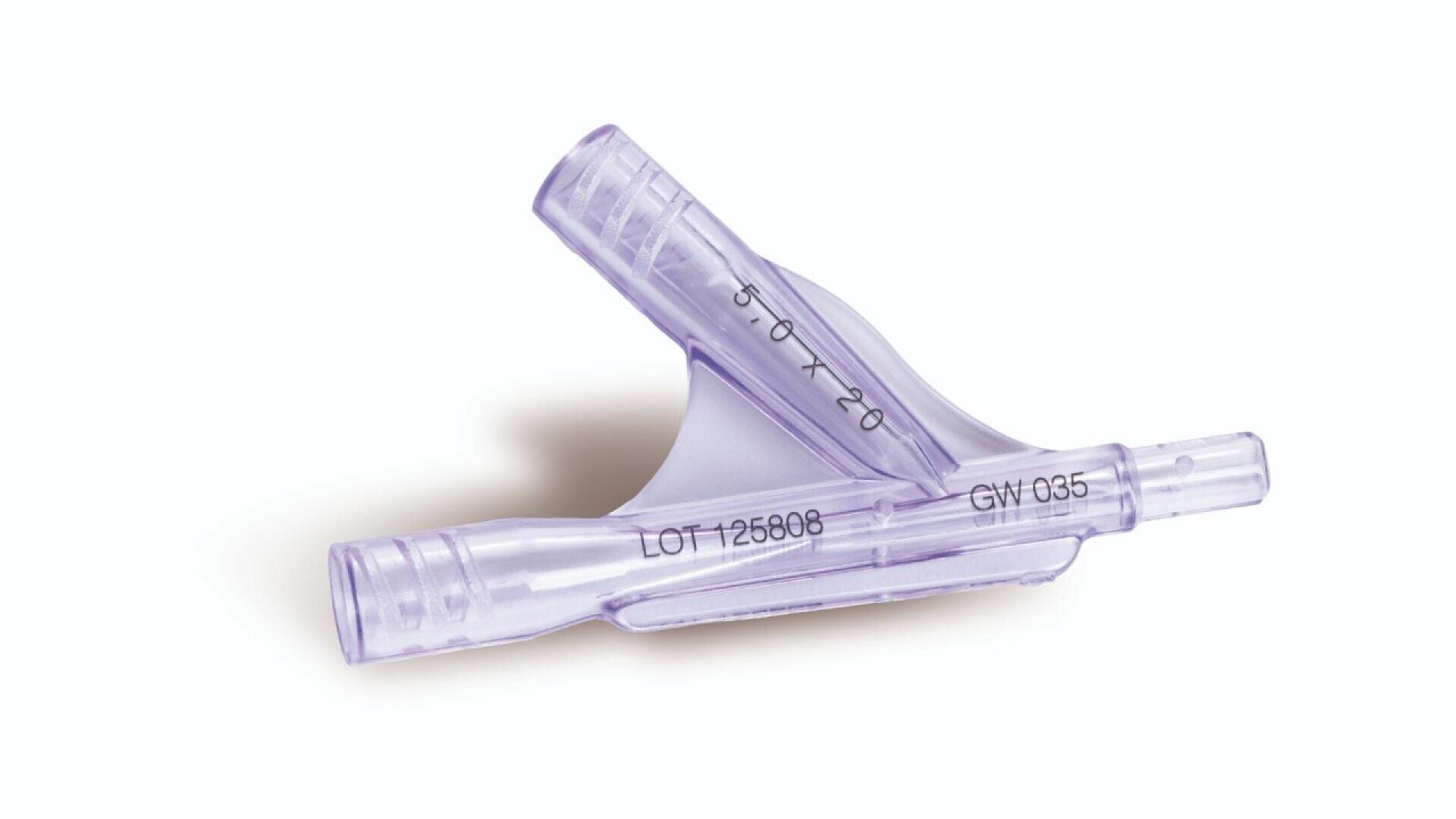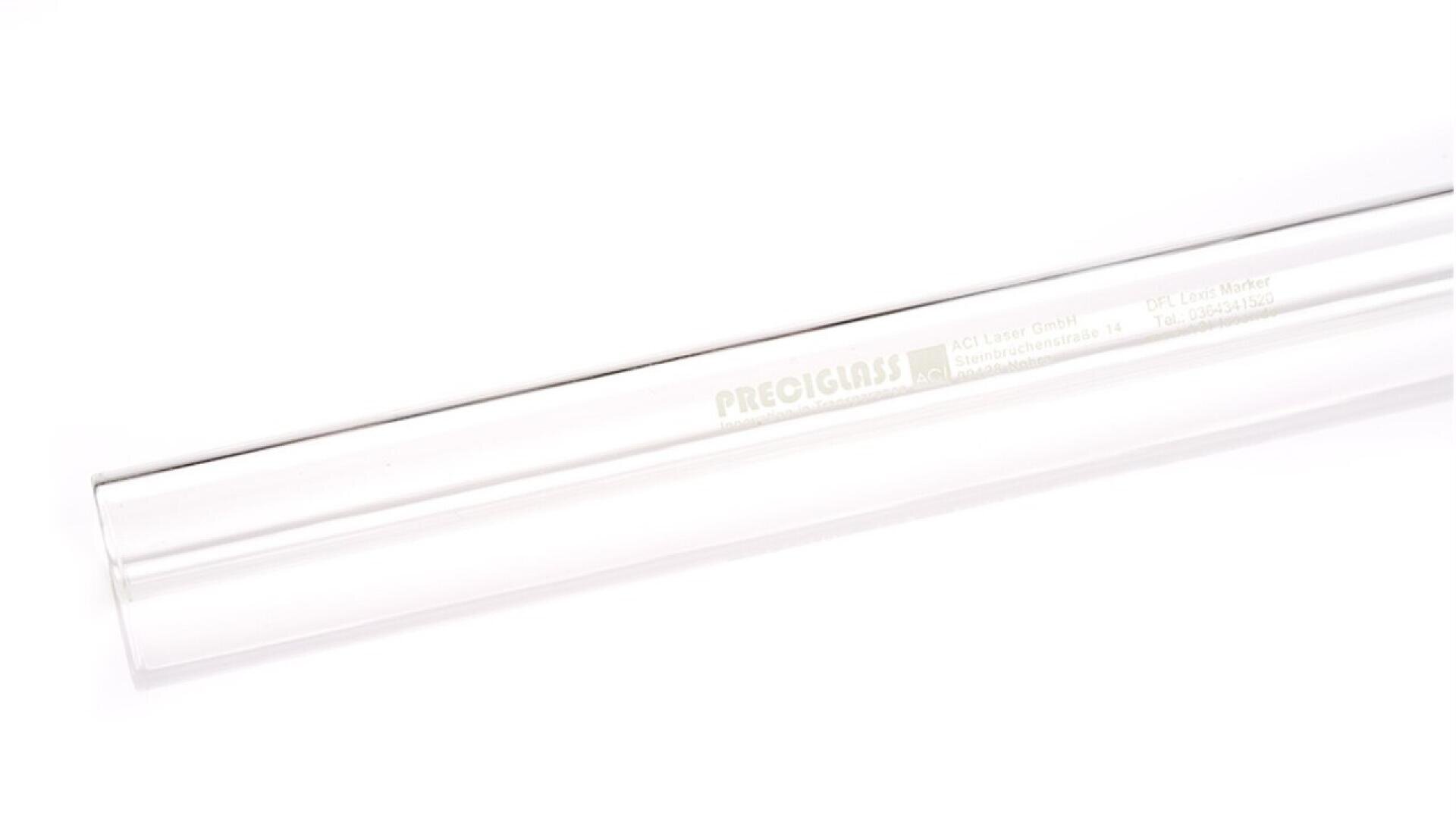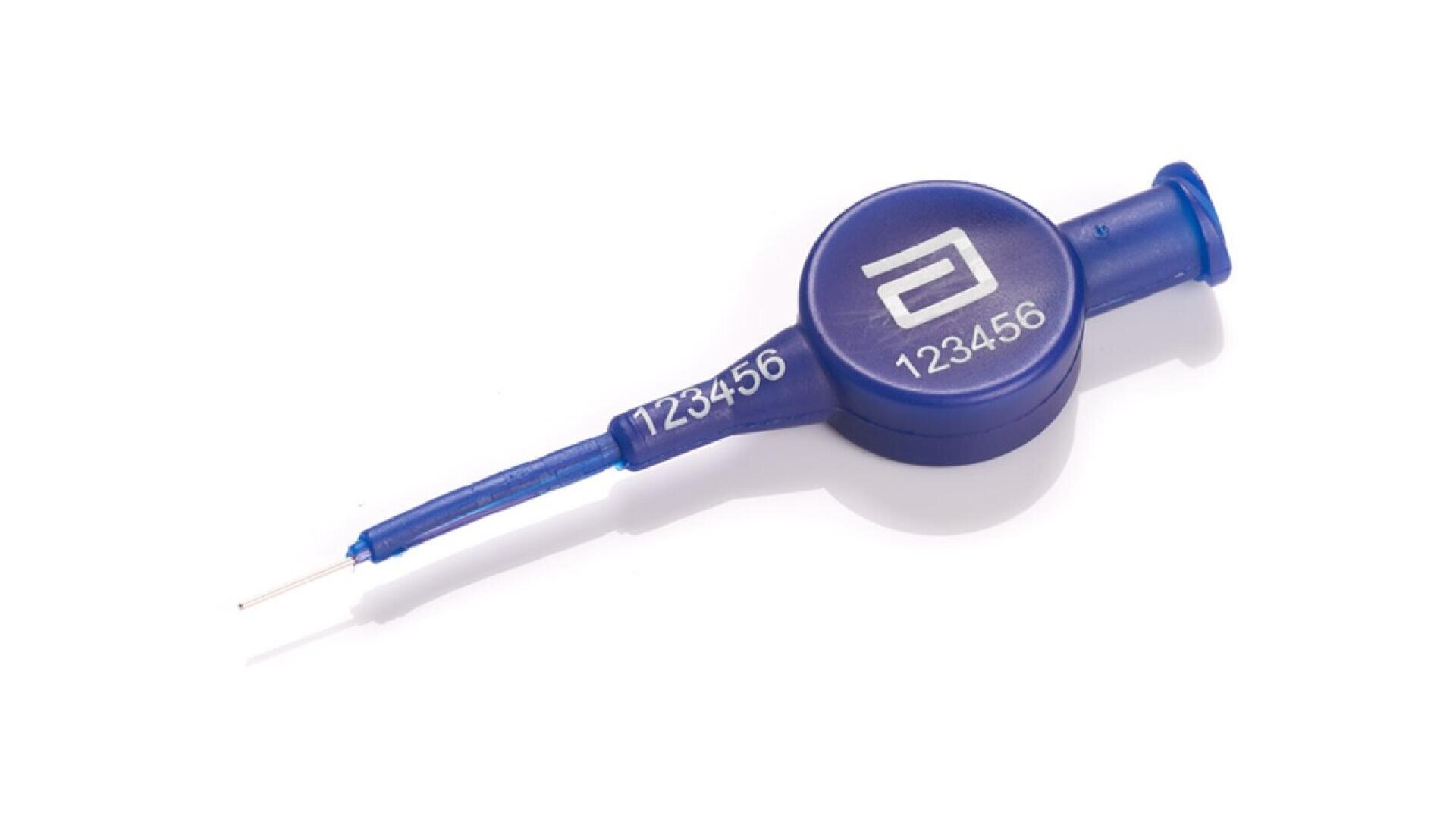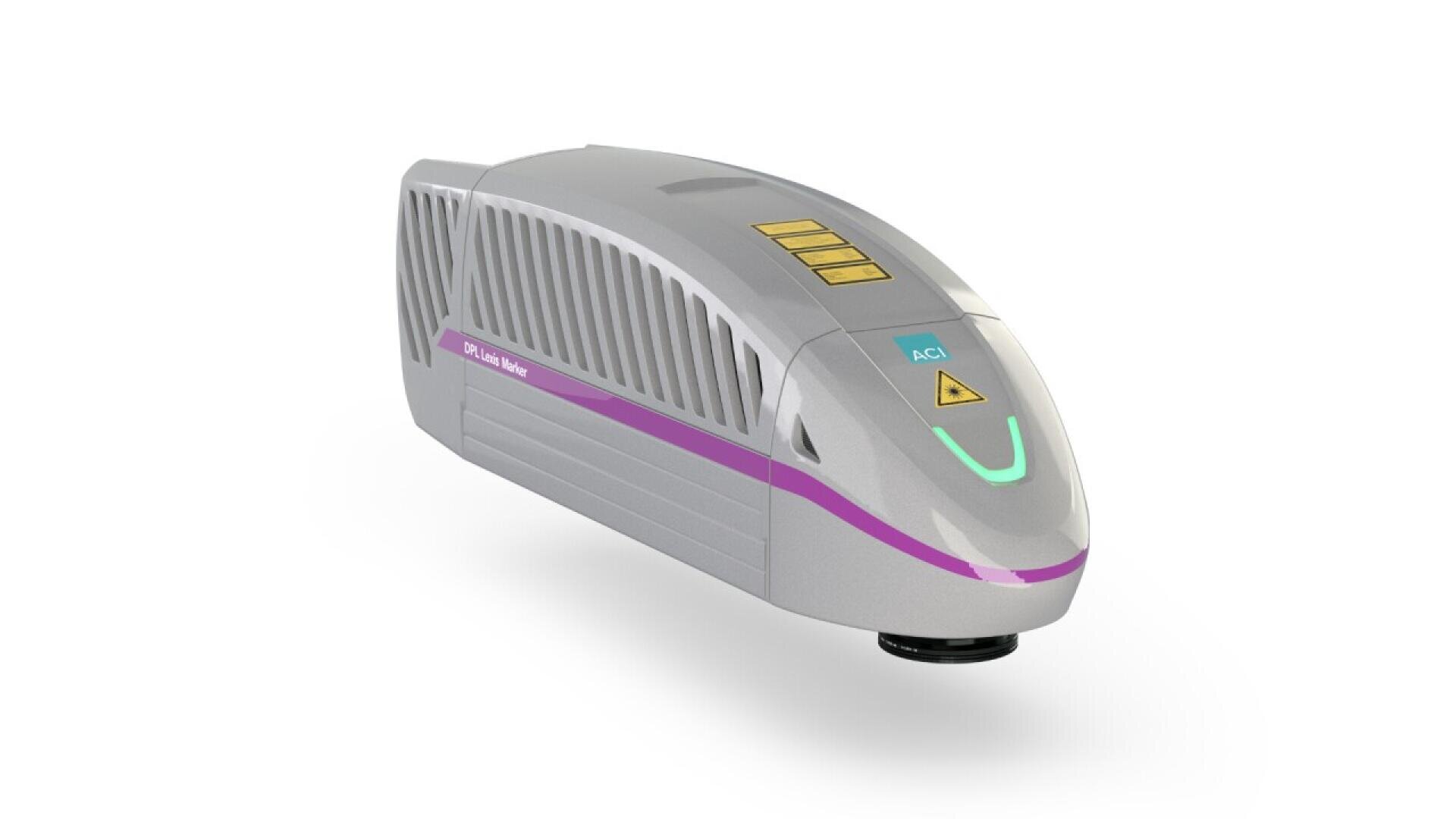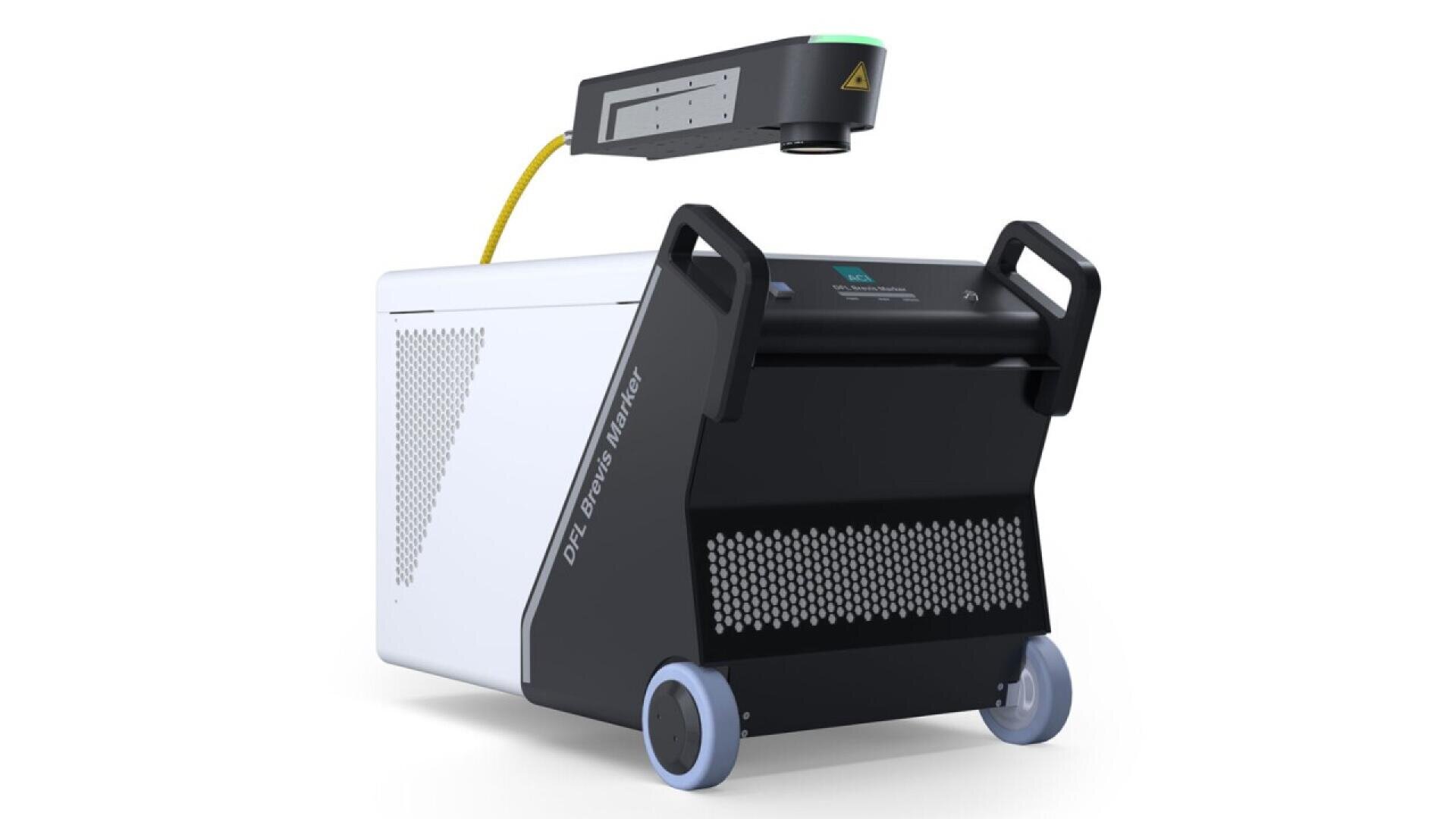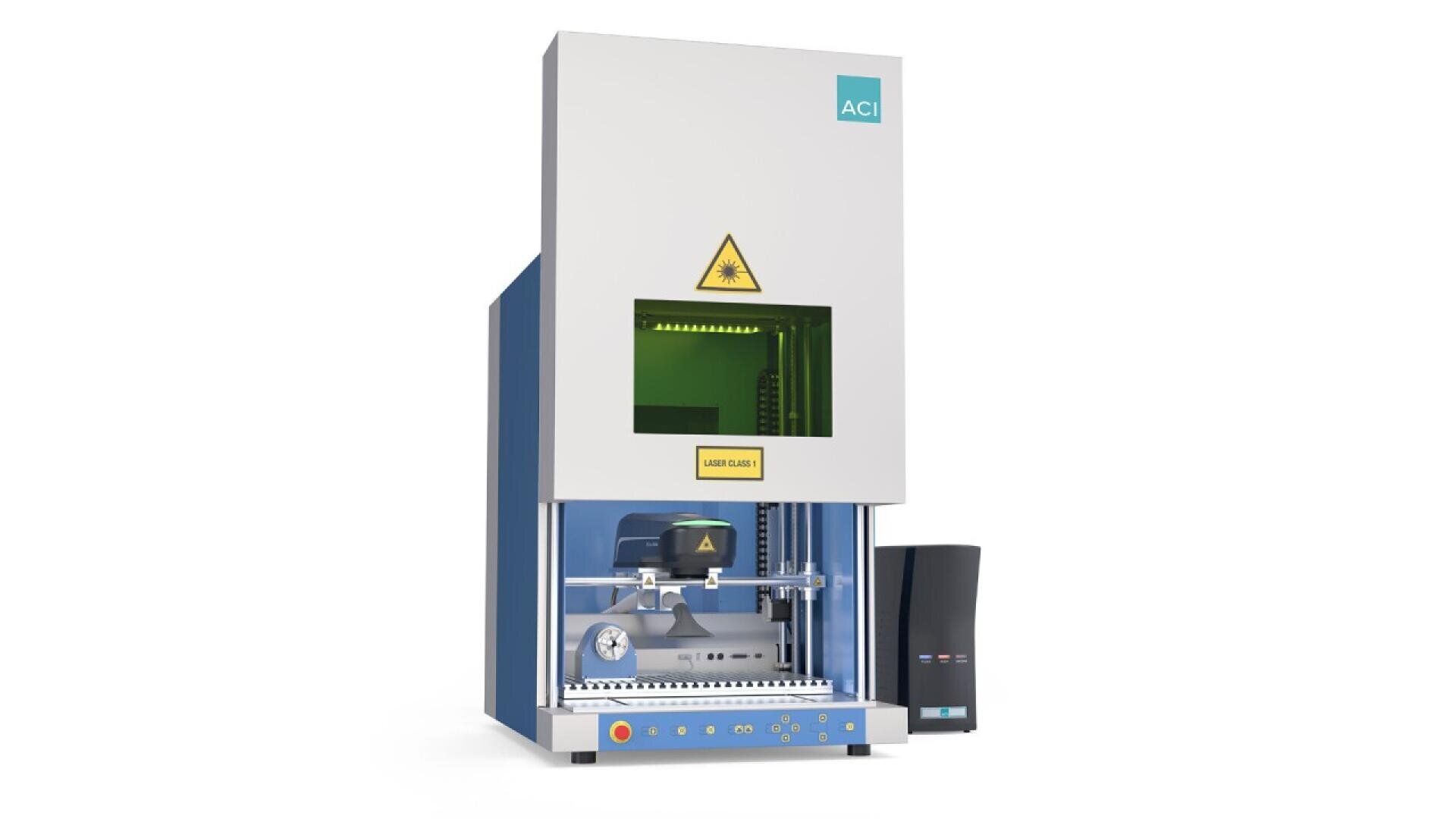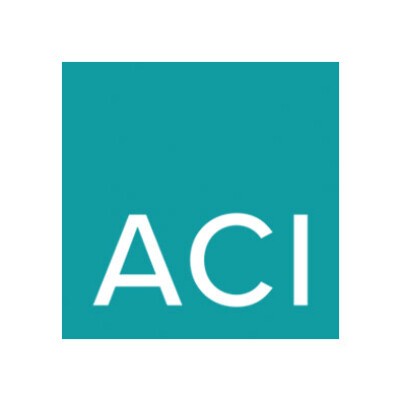Traceability of medical devices with UDI-compliant laser marking
Globally unique, machine-readable markings in accordance with GS1 standards enable UDI-compliant identification of medical devices. High-quality markings can be created quickly and precisely using lasers.
Medical instruments, implants, pacemakers or tubes made of various materials must be marked as quickly, precisely and with high quality as possible. According to the Unique Device Identification (UDI) guidelines, manufacturers of medical devices are obliged to clearly identify their products. The background to this is patient safety, which is the top priority. To this end, seamless tracking of products is essential. With the UDI, medical devices receive a uniform and globally unique identification, which creates even more transparency throughout the entire supply chain.
Laser marking according to GS1 standards
ACI's proprietary Magic Mark laser software can be expanded to include important application-specific functions. The GS1 Builder plug-in supports the user in creating a DataMatrix code with a valid GS1 data structure. GS1 DataMatrix is the only permitted 2D barcode for regulated trade items in the healthcare sector.
Permanent, readable and high-quality markings
The laser tool is ideally suited for the permanent and clear marking of medical products. Neither paint nor solvents are required for laser marking. This gentle and environmentally friendly process enables permanent and abrasion-resistant material processing without the use of additives. Markings - such as barcodes or 2D codes with information on serial or batch numbers, expiry dates and much more - the laser beam quickly and precisely produces markings of consistent quality on a wide variety of materials such as metal or plastic. The surface does not change and also withstands high-temperature sterilization. Even small characters and the finest details can be realized.
Corrosion-free laser marking
In addition to the high demands on the precision and quality of markings, other criteria play a decisive role. For example, the non-contact process of laser marking prevents material damage and the resulting corrosion. Annealing marking, which does not cause the material to be thrown up or removed, is popular. The laser marking is created by heating the material to a high temperature. This process is particularly ideal for high hygiene requirements, as bacteria and pathogens cannot adhere to the marked material.
Plastics can also be marked with the laser in high quality. Due to the wide variety of materials in this area, it is important that the laser beam is well absorbed by the material. In many cases, this can be positively influenced by additives, fillers or pigments. This means that even plastics that appear transparent to the human eye can be marked with high contrast and very good legibility.
Different wavelengths – professional advice
As a laser manufacturer, ACI Laser supports its customers in deciding on the right system - tailored precisely to their requirements and needs. ACI offers laser systems as flexible manual workstations or integration components for production lines.
